
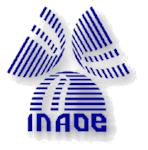

 The site of the LMT is located only 7.3 km from the Pico de Orizaba,
the highest peak in Mexico. The area was declared a National Park, El
Parque Nacional Pico de Orizaba, in 1937 to protect the native
ecosystems. The project team carried out all the required Environmental
Impact Studies, and a small portion of land was ceded by the National
Park to INAOE for the construction of the telescope, on condition that
the Institute undertake environmental restoration of the forest on the
area through which the access road to the site has been built.
The site of the LMT is located only 7.3 km from the Pico de Orizaba,
the highest peak in Mexico. The area was declared a National Park, El
Parque Nacional Pico de Orizaba, in 1937 to protect the native
ecosystems. The project team carried out all the required Environmental
Impact Studies, and a small portion of land was ceded by the National
Park to INAOE for the construction of the telescope, on condition that
the Institute undertake environmental restoration of the forest on the
area through which the access road to the site has been built. 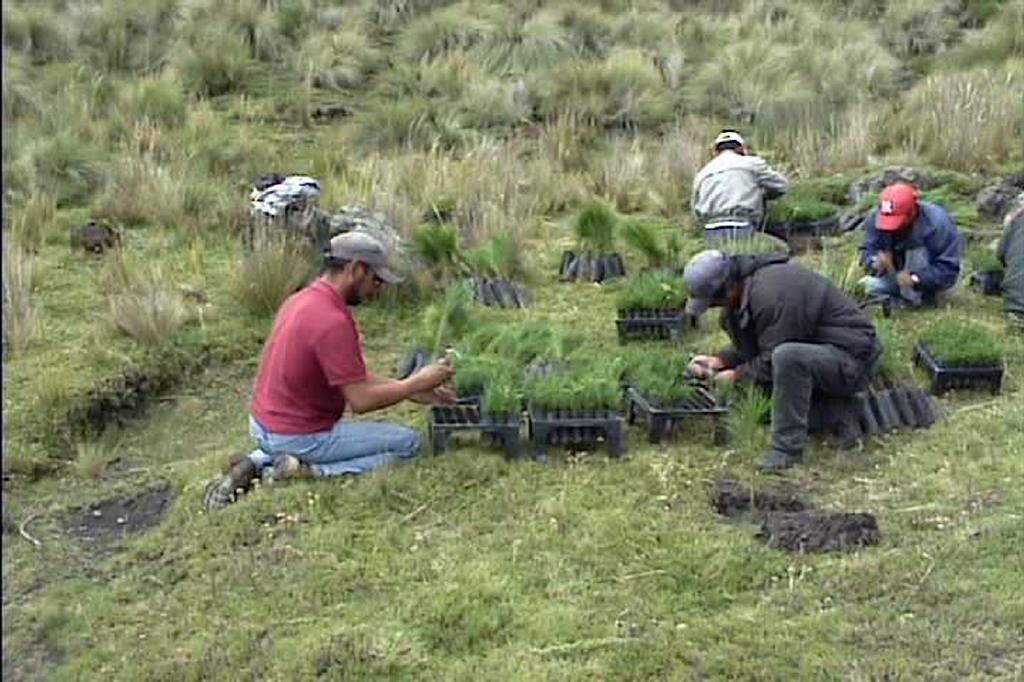 Conservation. This program must include reforestation, the restoration
and conservation of native species, and the establishment of criteria
for the operation and management within the Park. As the coordinator of
this effort, the LMT project has shown that is not only interested in
astronomical research, but also is actively willing to contribute to
the conservation and restoration of the environment. Scientists from
the Departments of Natural Resources Conservation and Anthropology at
UMass Amherst are collaborating with colleagues from Mexican
institutions to assist the LMT project in meeting its environmental
goals. By ensuring that sound ecological and anthropological research
is conducted and documented, it will be possible to generalize their
findings and thus to allow the LMT to serve as a model for incorporating
into future advanced technology projects the social, economic, and
environmental concerns of the local area.
Conservation. This program must include reforestation, the restoration
and conservation of native species, and the establishment of criteria
for the operation and management within the Park. As the coordinator of
this effort, the LMT project has shown that is not only interested in
astronomical research, but also is actively willing to contribute to
the conservation and restoration of the environment. Scientists from
the Departments of Natural Resources Conservation and Anthropology at
UMass Amherst are collaborating with colleagues from Mexican
institutions to assist the LMT project in meeting its environmental
goals. By ensuring that sound ecological and anthropological research
is conducted and documented, it will be possible to generalize their
findings and thus to allow the LMT to serve as a model for incorporating
into future advanced technology projects the social, economic, and
environmental concerns of the local area. 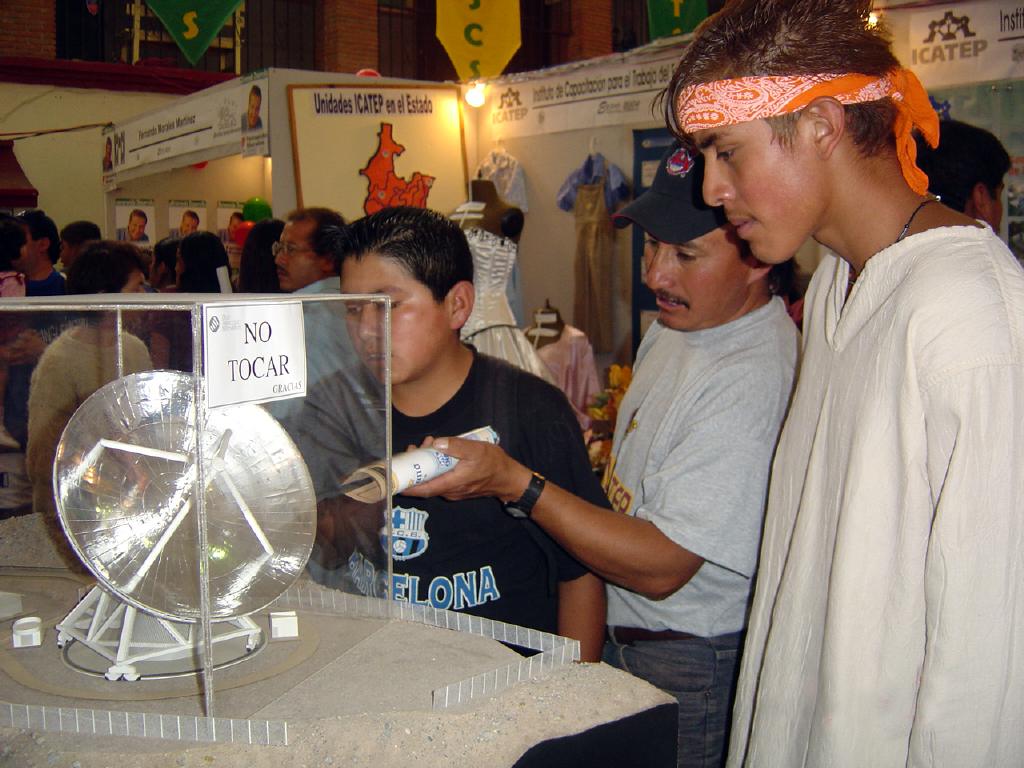 Ciudad Serdán is the largest town close to the LMT site. It is
the Regional Center with a population of about 34,000 inhabitants. An
LMT exhibition has been held annually since 2004 during the city's
August fair. The response has been overwhelming. The exhibition in
Ciudad Serdán included many photographic images of the
construction site, a huge LMT scale model, posters, and videos and
scientific films. There was also a section dedicated to children, who
made their own models of a radio telescope and the NASA space shuttle
Atlantis with scissors, paper and glue; and a table where the children
and their parents could see interesting physics experiments and big
magnetic puzzles of planets.
Ciudad Serdán is the largest town close to the LMT site. It is
the Regional Center with a population of about 34,000 inhabitants. An
LMT exhibition has been held annually since 2004 during the city's
August fair. The response has been overwhelming. The exhibition in
Ciudad Serdán included many photographic images of the
construction site, a huge LMT scale model, posters, and videos and
scientific films. There was also a section dedicated to children, who
made their own models of a radio telescope and the NASA space shuttle
Atlantis with scissors, paper and glue; and a table where the children
and their parents could see interesting physics experiments and big
magnetic puzzles of planets. 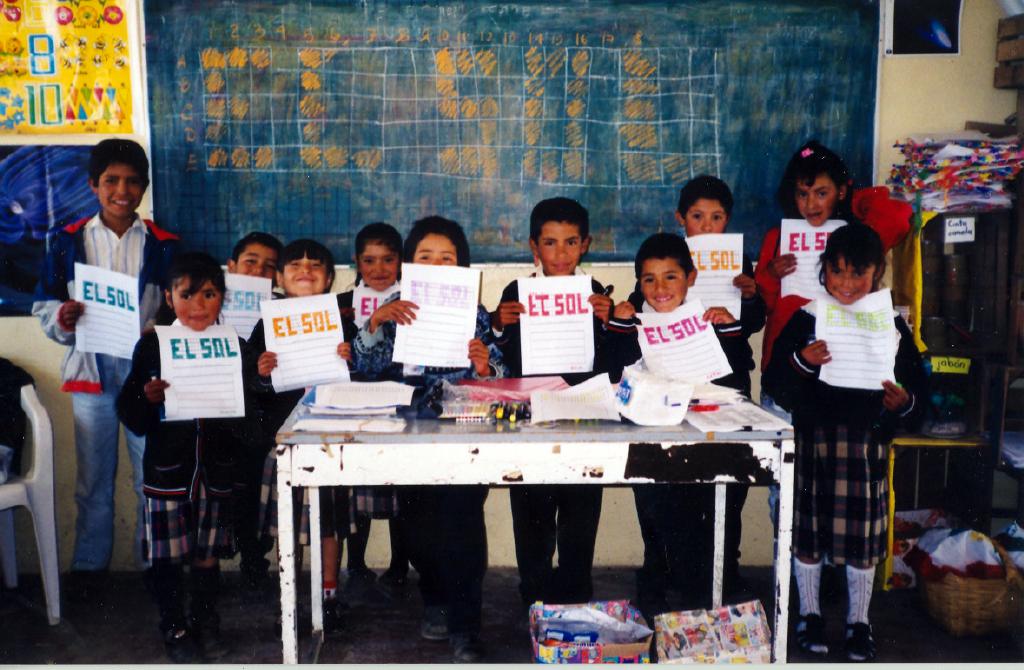 The project is planning to have a Visitor Center in one of the towns
near the summit, similar to the information centers that are so
successful at large telescope facilities such as Arecibo and Green
Bank. The main goal is to educate people about astronomy and the LMT,
including the project's importance in Mexico, the U.S., and worldwide,
the challenges involved in its design and construction, and the
expected scientific results. We anticipate that there will be
exhibitions and special activities. Once the telescope is in operation,
there will be explanations of the astronomical discoveries that will
take place. School trips to the Visitor Center will be organized, both
to create programs for teachers and to develop educational programs
that will benefit the wider community.
The project is planning to have a Visitor Center in one of the towns
near the summit, similar to the information centers that are so
successful at large telescope facilities such as Arecibo and Green
Bank. The main goal is to educate people about astronomy and the LMT,
including the project's importance in Mexico, the U.S., and worldwide,
the challenges involved in its design and construction, and the
expected scientific results. We anticipate that there will be
exhibitions and special activities. Once the telescope is in operation,
there will be explanations of the astronomical discoveries that will
take place. School trips to the Visitor Center will be organized, both
to create programs for teachers and to develop educational programs
that will benefit the wider community. In the long term perhaps the most important dimension of the UMass/ INAOE partnership involves the human element.
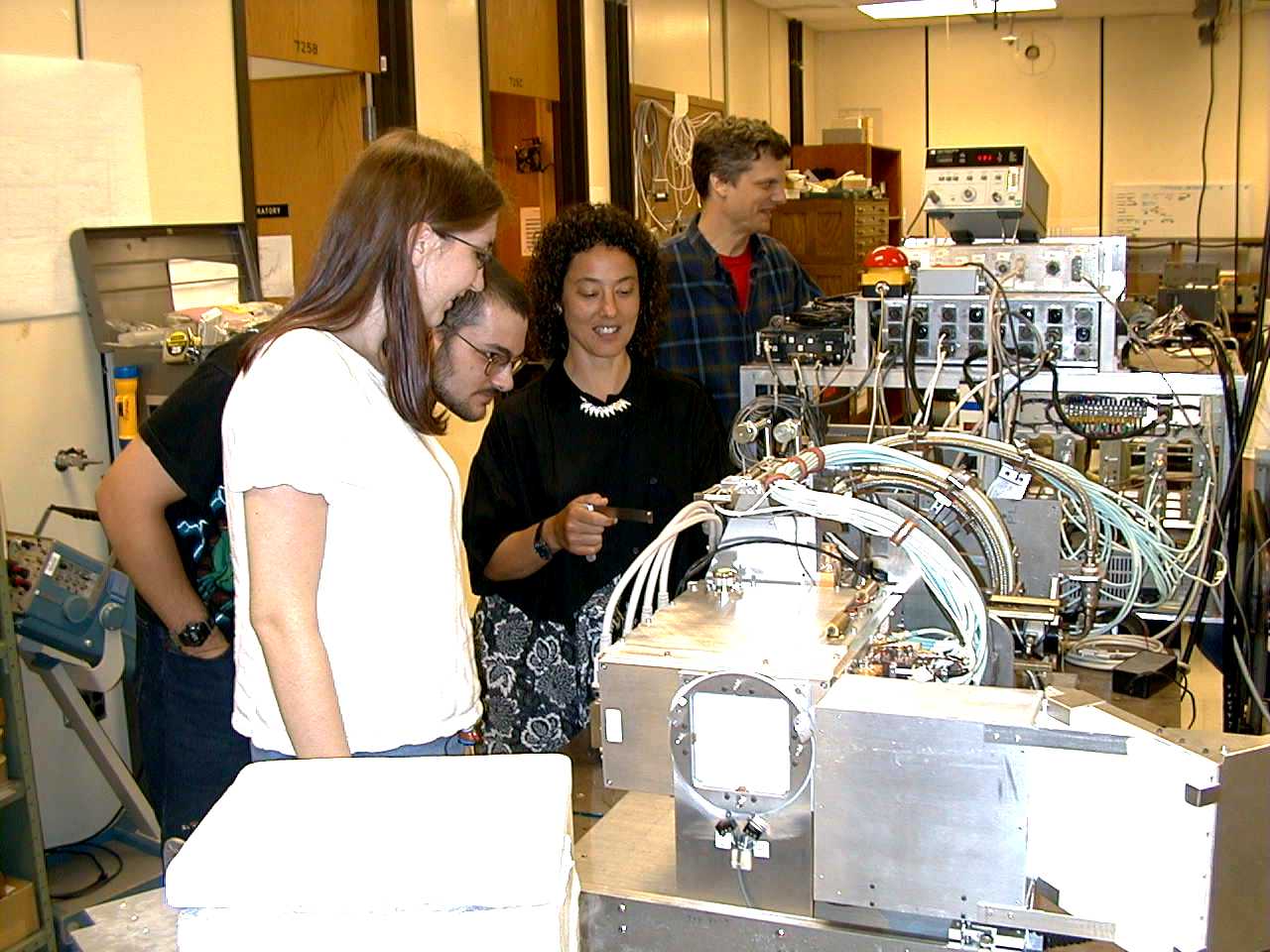 LMT is
a research facility which symbolizes the intent of both Mexico and the
United States to explore at the frontiers of human knowledge. The
commitment to undertake such explorations is critical to firing the
imagination of young people in both countries. Some of them will choose
careers in science and engineering, and it is in their hands that the
economic health and vitality of both societies rests.
LMT is
a research facility which symbolizes the intent of both Mexico and the
United States to explore at the frontiers of human knowledge. The
commitment to undertake such explorations is critical to firing the
imagination of young people in both countries. Some of them will choose
careers in science and engineering, and it is in their hands that the
economic health and vitality of both societies rests.
Partnerships like the LMT thus represent the future - one in which institutions in the US, Mexico and other countries work in close partnership to develop the tools of modern science, the technologies of tomorrow, and tomorrow's scientific and technical leaders.
As a consequence, the two institutions place great emphasis on the educational aspects of the collaboration. In addition to training the astronomers who will use the LMT, both UMass and INAOE are independently developing much broader programs focused on the LMT, but aimed at providing education in applied physics and engineering - fields of critical value to the students and to their nations.